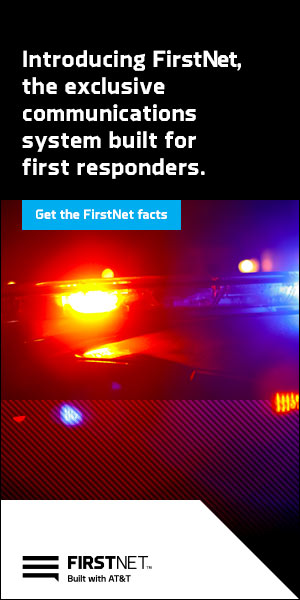by AllThingsECC.com | Sep 6, 2024 | Comm Center News
A Naples police dispatcher attempted to defuse a confrontation between a man and Naples Mayor Teresa Heitmann moments before authorities arrived on scene last week, a 911 call shows.
READ FULL ARTICLE
by AllThingsECC.com | Sep 5, 2024 | Comm Center News
“Oaklanders deserve to feel assured that when they dial 911 in an emergency, someone will be answering swiftly to start dispatching the emergency responders they need. Today we’re taking a huge step to reinforce that confidence and to improve our emergency service to our community,” Oakland Mayor Sheng Thao said. “Public safety is my administration’s highest priority and today we’re pleased to share with the community that we’ve delivered the first major upgrade to 911’s dispatch system in 20 years. This system improvement builds on the investments we have made to staff up our hardworking dispatcher units. Now we have more people using better tools to deliver for our community.”
by AllThingsECC.com | Sep 4, 2024 | Comm Center News
Westminster first responders, police, fire, EMS, and 911 services are now the sixth Front Range Communications Consortium (FRCC) member, according to a news release from August 23.
by AllThingsECC.com | Sep 4, 2024 | Comm Center News
“We know with better cell phone service, Coloradans can have peace of mind when traveling through the mountains. Today’s tour allowed us to not only engage with experts about some of the challenges of cell phone connectivity in rural Colorado, but to learn more about what it takes to make cell phone coverage reliable in remote areas.
by AllThingsECC.com | Sep 3, 2024 | Comm Center News
The number used in an emergency is on every police car and fire truck nationwide. Still, people have no idea what the person on the other end of the phone does when they call 911. The 2024 Cobb 911 Kids Expo offers community members, the opportunity to meet Cobb’s 911 team and learn more about how 911 works.
by AllThingsECC.com | Aug 30, 2024 | Comm Center News
ST. ALBANS CITY — Call 911, and you can expect someone to be on the other line.
But who’s covering the cost?
Vermonters all equally rely on the state’s 911 dispatching system to beam information out to the first responding agencies that send help when emergencies happen, but some taxpayers are getting a better deal depending on where they live due to a lack of regulated funding.


